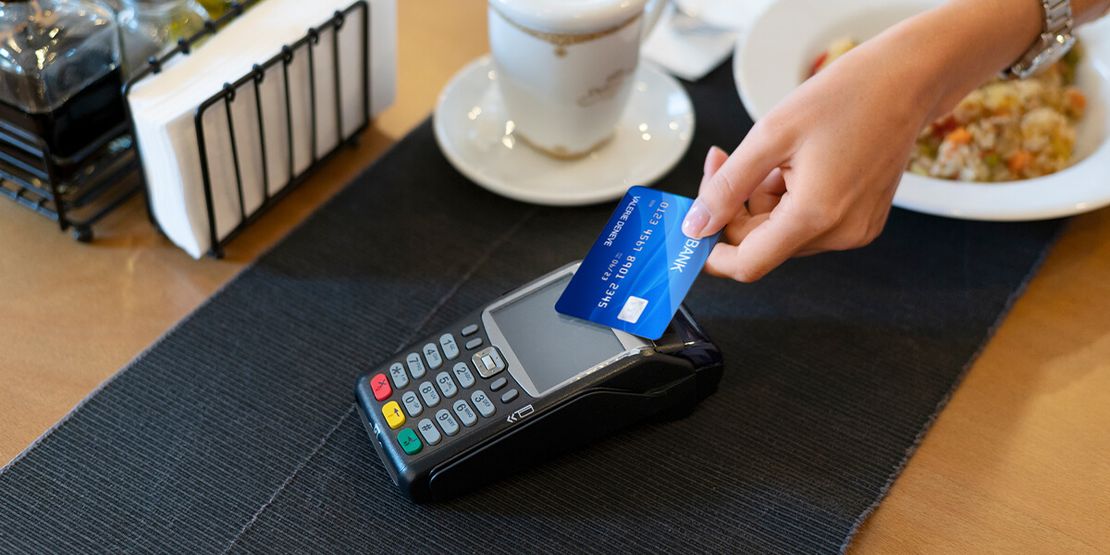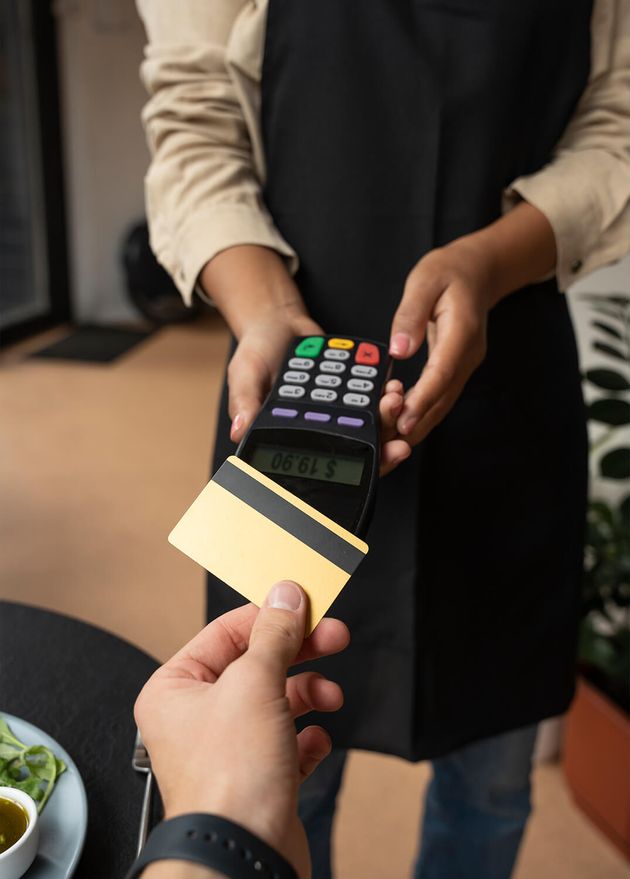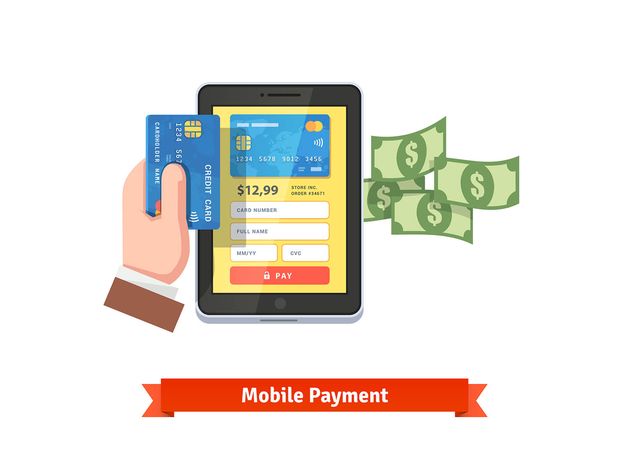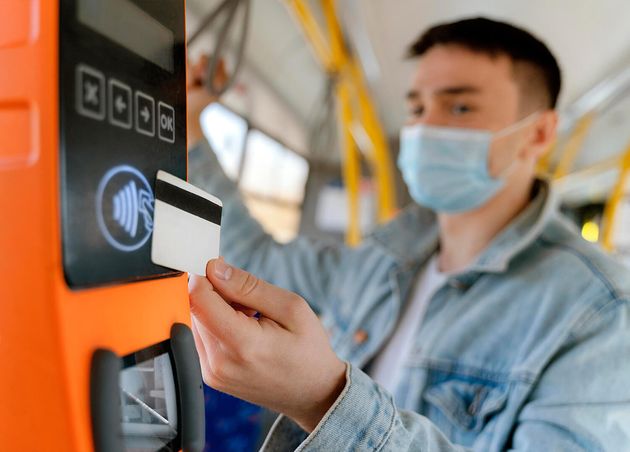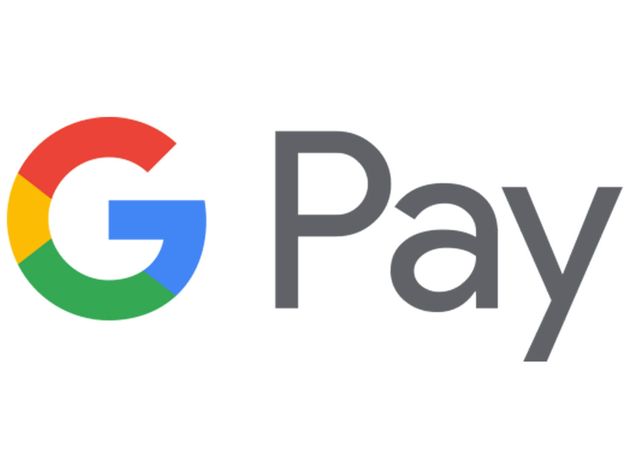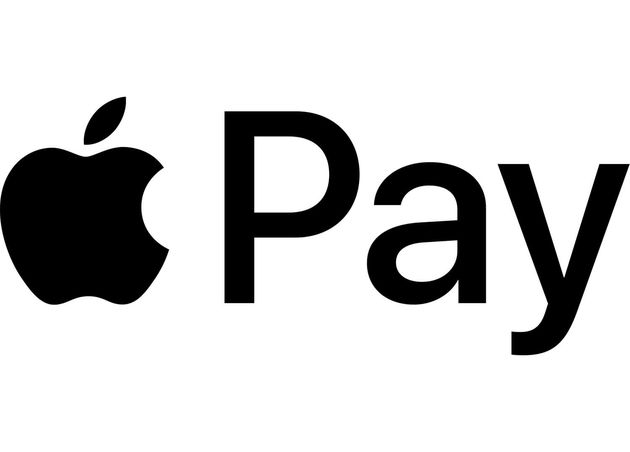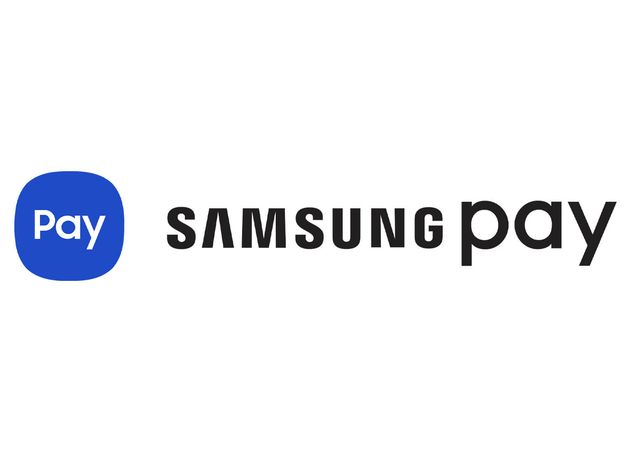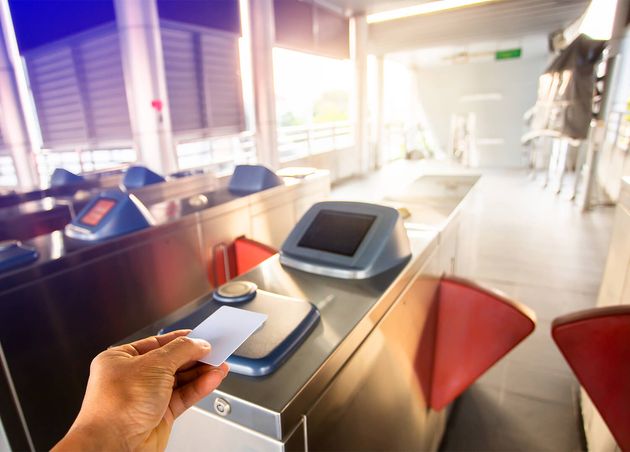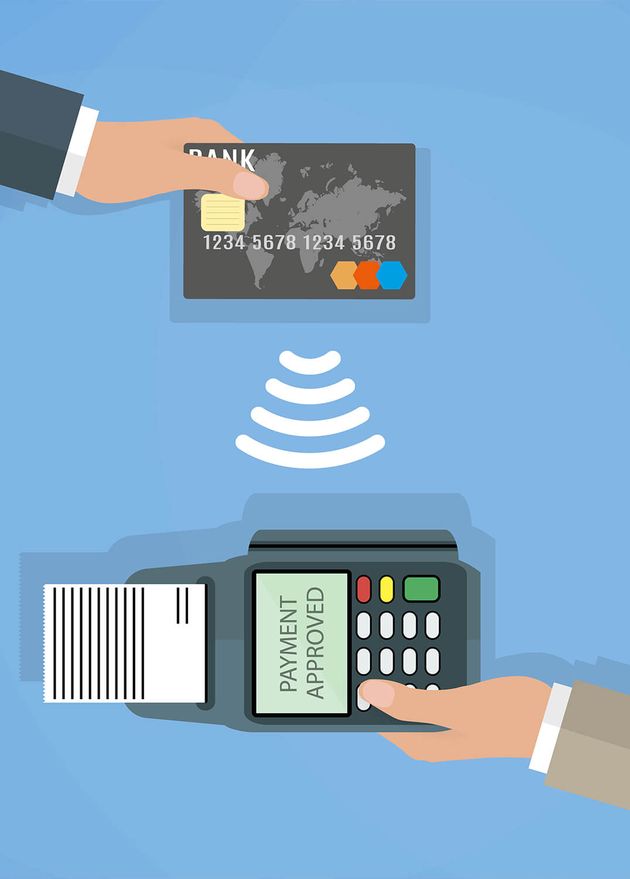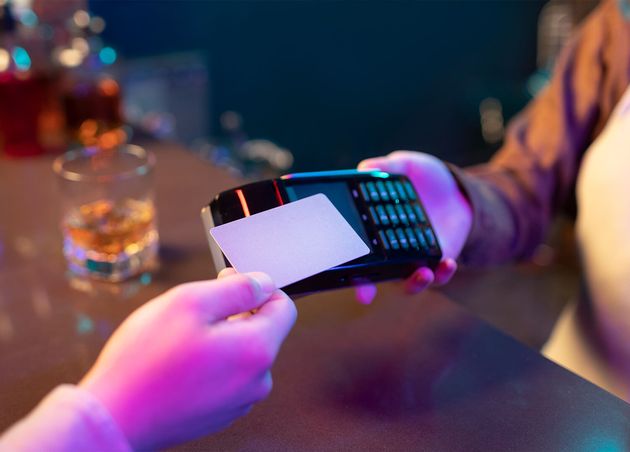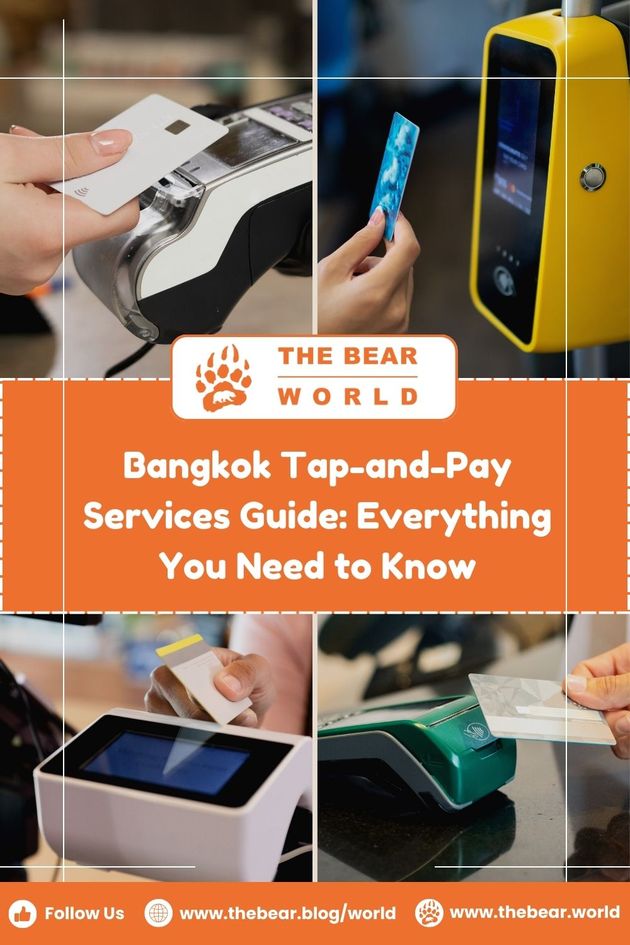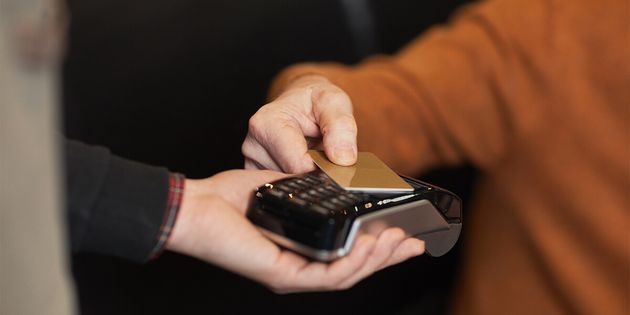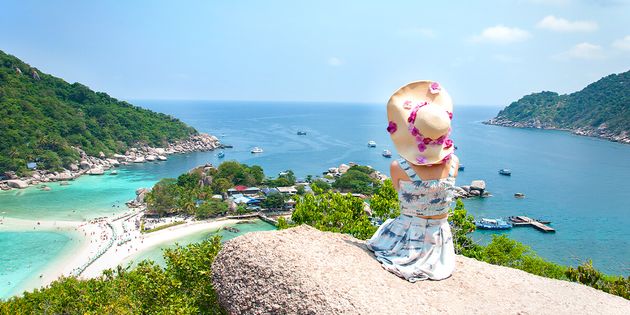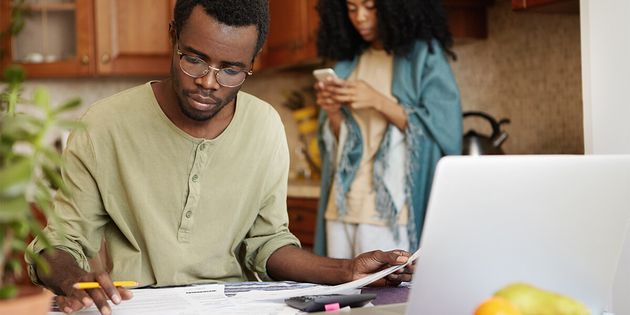Bangkok Tap-and-Pay Services Guide: Everything You Need to Know
In today's world, convenience is key, especially when managing money overseas and making payments. Enter Tap and Pay, a revolutionary method transforming the way we handle transactions. But what exactly is Tap and Pay, and how does it work?
From its inception to widespread adoption in bustling metropolises like Krung Thep Maha Nakhon (Bangkok), this guide aims to demystify Tap and Pay, offering insights into its history, functionality, and advantages.
🚀 Expat Fact!
Tap and Pay is a quick and convenient payment method because it does not require customers to enter a PIN.
What is Tap and Pay?
Tap and Pay, known by various names like tap-and-go or touch-free payments, is revolutionizing transactions. It offers a seamless and secure method of payment, particularly noted for its enhanced security measures. Unlike traditional payment methods where customers directly provide invoicing or payment information, Tap and Pay transactions are encrypted, with each purchase assigned a unique one-time token. This ensures that even if a wireless signal is intercepted, attackers can only access the one-time token specific to that transaction, safeguarding sensitive information.
Utilizing near-field communication and RFID technology, Tap and Pay enables users to easily make payments using smart cards, debit or credit cards, and any other compatible payment devices. The process is simple: customers tap their payment card near a terminal equipped with the technology, eliminating the need to enter a PIN, thus enhancing convenience. While Tap and Pay has gained popularity in various countries, including Thailand, Canada, Australia, South Korea, and the United Kingdom, it is yet to be widely adopted among American consumers.
Tap-and-pay infrastructure is steadily expanding in Bangkok, with Metro (BEM) and Bangkok Expressway establishing tap-and-pay points along major expressways. Supported by Mastercard (Paypass enabled) or Visa debit/credit cards (PayWave enabled), the payment process is straightforward: drivers stop at the designated booth, roll down the window, and touch their card on the symbol displayed on the payment terminal, streamlining the payment experience for commuters.
History of Tap and Pay
The history of Tap and Pay stretches back to the 1990s when it emerged as a novel concept embraced by a handful of forward-thinking merchants and stores. Since its humble beginnings, Tap and Pay has evolved into a ubiquitous payment solution adopted by thousands of banks, merchants, and retailers worldwide.
One of the pioneering instances of Tap and Pay dates back to 1995 when Seoul's transit authority introduced UPass, one of the world's first contactless payment systems for public transportation. This innovative technology revolutionized how riders paid for bus trips, offering a swift, hassle-free alternative to traditional payment methods. Following suit, in 1997, Mobil introduced Speedpass, another early Tap and Pay system, enabling users to conveniently pay for gas at select gas stations using a specially designed fob loaded with funds.
The momentum of contactless technology was further accelerated with the introduction of the prepaid contactless Oyster Card system by London's transit agency for the Underground transportation system. Initially launched in 2014, this system allowed passengers to utilize contactless debit and credit cards, ushering in a new and better era of seamless and efficient payment experiences for commuters in the bustling metropolis.
How does Tap and Pay work in Bangkok?
In Bangkok, Tap and Pay operate seamlessly using specialized cards or approved mobile devices equipped with a transponder, RFID microchip, and antenna. When making a purchase, buyers need to be in close proximity to a reader on a POS terminal, enabling swift and convenient transactions.
Unlike payment platforms like Google Pay or Apple Pay, which don't directly authorize or process payments, Tap and Pay systems tokenize the shopper's payment card, transmitting the information securely to the relevant credit card network. This advanced technology ensures that each transaction generates new verification values, enhancing security and thwarting potential fraud attempts.
The dynamic authentication mechanism of Tap and Pay microchips makes it exceedingly difficult for fraudsters to clone cards or replicate transactions. Each use generates a new authentication code, significantly reducing any significant risk of unauthorized access to sensitive information.
Moreover, smartphones have introduced additional security layers for initiating contactless payments, such as facial recognition technology, further bolstering the safety of Tap and Pay transactions. Soon, Bangkok's public transport users can utilize their EMV credit or debit cards for tap-and-pay fare payments across various services, including buses, rails, and boats.
As the National News Bureau of Thailand has reported, Minister of Transport Saksayam Chidchob has announced plans for the MRT Blue Line, MRT Purple Line, and SRT Redline urban trains to accept credit and debit card payments by March 2022. Additionally, these cards can be utilized for electric boats, buses operated by the Bangkok Mass Transit Authority, and even toll fees on the expressway, providing commuters with a comprehensive and efficient payment solution for their travel needs.
Examples of Tap and Pay Services
Tap and Pay is possible at banks and other financial organizations. However, other companies now offer their forms of Tap and Pay. For example, Google and Android released NFC-compatible pay systems in 2011, while Apple followed suit with Apple Pay—its version of the digital wallet—in 2014.
#1 Google Pay
Google Pay redefines convenience, enabling secure transactions at brick-and-mortar and online stores through its application. Google ensures enhanced user security by transmitting an encrypted number rather than the credit card details.
Moreover, its seamless money transfer feature allows users to send and receive funds effortlessly via email or phone number, akin to the streamlined functionality of Apple Pay. With Google Pay, shopping becomes a hassle-free experience, bridging the gap between security and simplicity in digital payments.
#2 Apple Pay
Apple Wallet software comes pre-installed on many Apple devices, offering users a more convenient way to store their debit and credit card information directly on their iPhone or Apple Watch. This enables seamless transactions at stores, both in-person and online, simplifying the shopping experience.
Additionally, the technology facilitates purchases within various applications, expanding its utility beyond traditional retail settings. Furthermore, users can leverage Apple Pay to send funds to family and friends effortlessly via text message, enhancing the versatility of this digital payment solution.
#3 Samsung Pay
Samsung has introduced its digital wallet, Samsung Pay, providing every user with an efficient way to store their payment card information within the app for use at shopping centers. Beyond its basic functionality, Samsung Pay users can earn rewards like cash back when making phone purchases, adding an extra incentive to utilize the platform.
The process is straightforward: users can take a photo of a barcode or their card and tap to complete the checkout process, streamlining transactions and enhancing the overall shopping experience.
🚀 Expat Fact!
Customers can tap their payment card near a POS terminal equipped with the technology to utilize the Tap-and-Pay system.
Advantages and Disadvantages of Tap and Pay
Tap and Pay offers significant advantages over traditional magnetic stripe cards regarding security. By encrypting data transmitted to the merchant terminal, Tap and Pay reduces the risk of data theft and cloning, providing enhanced protection for merchants and consumers. Unlike magnetic stripe cards, the inability to replicate Tap and Pay cards adds another layer of security to transactions.
However, Tap and Pay is not without its drawbacks. While it is more secure than magnetic stripe cards, attackers can still attempt to read cards using smartphones. Although the narrow reading range limits their effectiveness, this remains a potential vulnerability. Moreover, while Tap and Pay provides improved security, PIN and chip cards are still considered the most secure option due to their unique data requirements and inability to be replicated.
Despite these concerns, Tap and Pay users benefit from additional security measures, such as the ability to report fraudulent transactions and receive replacement cards. Additionally, accessories like wallets and protective sleeves offer further protection against unauthorized access to card information. As of 2015, credit card issuers and merchants have been held accountable for fraudulent activity, incentivizing the adoption of more secure payment technologies like Tap and Pay.
Introducing the World's Fastest NFC Test Tool
In a groundbreaking collaboration, Krungthai Bank and the Mass Rapid Transit Authority of Thailand have joined forces to develop the fastest NFC test tool in the world. This cutting-edge system is poised to revolutionize the landscape of cashless payments in metropolitan regions, offering unparalleled speed and efficiency.
With a shared vision of enhancing payment infrastructure, Krungthai Bank and the Mass Rapid Transit Authority of Thailand have leveraged their expertise to create a game-changing solution. The new NFC test tool sets a new standard for speed and reliability, ensuring seamless consumer transactions across diverse urban environments.
Designed to streamline the testing process for NFC-enabled devices, this innovative tool proves the effective power of collaboration and innovation in driving more progress. As metropolitan regions embrace digitalization and cashless payments become increasingly prevalent, the fastest NFC test tool in the world promises to play a pivotal role in shaping a better future of payment technology.
Bangkok Tap-and-Pay Services FAQs
- Is Tap and Pay Secure in Bangkok?
- Tap and Pay is one of Bangkok's most secure payment methods. Individual transactions generate an encrypted one-time code that hackers find incredibly difficult to reproduce.
- However, it's essential to note that Tap and Pay transactions typically don't require a PIN, potentially posing a risk if a card is lost or stolen.
- Are There Transaction Limits for Tap and Pay in Bangkok?
- There are no set limits on the number of contactless payments you can make daily in Bangkok.
- However, your provider might occasionally prompt you to manually enter your PIN to verify your identity and prevent fraud.
- What if the Terminal Doesn't Support Tap and Pay in Bangkok?
- If the terminal doesn't support Tap and Pay in Bangkok, your contactless card can still be utilized for swipe or chip transactions.
- Swipe or insert your card, then follow the prompts to complete the transaction, entering your PIN when prompted.
Tap and Pay Revolutionizes Transactions in Bangkok
In conclusion, Tap and Pay presents a convenient and secure alternative to traditional cash or card payments, particularly in Bangkok. Tap and Pay streamlines transactions with a simple tap or hold over a contactless card reader by eliminating the need for physical contact between the buyer's smartphone or card and the seller's POS terminal. Enabled for most cell phones, this method ensures swift and hassle-free payments, with transactions completed in seconds.
Utilizing near-field communication (NFC) or radio frequency identification (RFID) technology, contactless payments offer enhanced security compared to magnetic-stripe payments, which are more susceptible to duplication. As a result, many vendors in Bangkok now embrace Tap and Pay, making it easy for consumers to locate contactless-enabled terminals by identifying the distinctive contactless sign.
With its efficiency and security, Tap and Pay continues reshaping the payment landscape, providing a seamless experience for buyers and sellers in Bangkok's bustling marketplace.
Lifestyle Bear
More From The Bear World
Using Rabbit Card in Bangkok: A Guide for Convenient Travel
Lifestyle Bear


